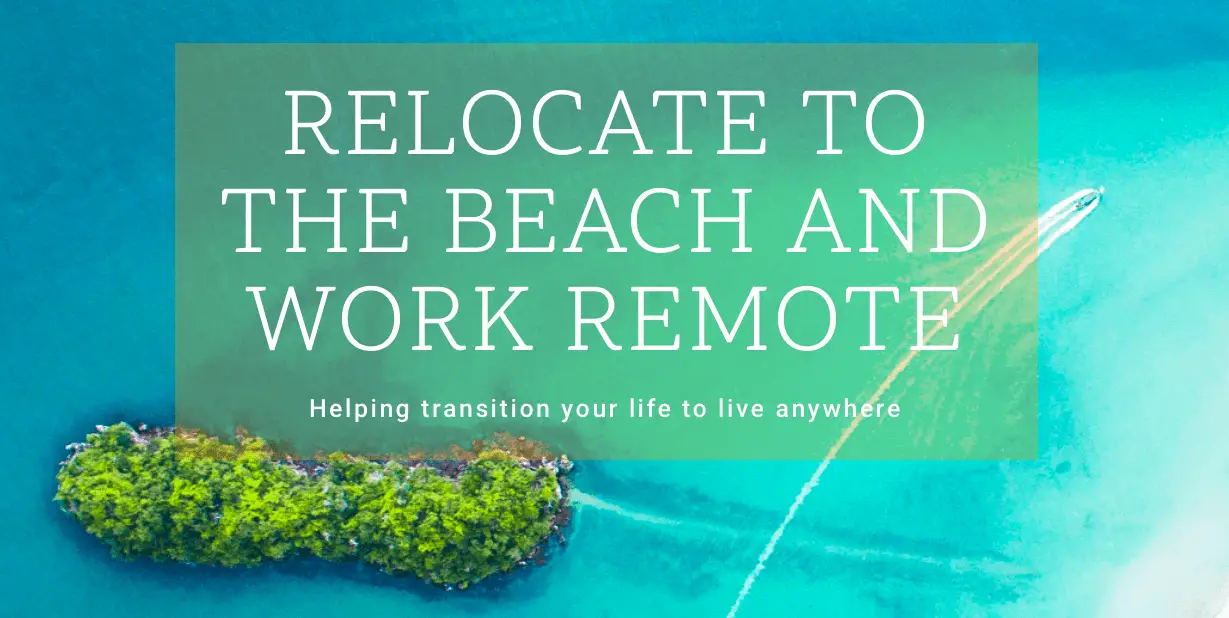Two years ago, Microsoft submerged an information center off the coast of Orkney, in the far north of the United Kingdom, in a somewhat crazy experiment. The objective of the project was to find alternatives to reduce the overheating suffered by data centers or servers, something that many companies work on.
And the engineers and researchers thought that one way to “cool” those data centers and thus increase the productivity of the servers and reduce the high demand for energy was to locate them under the sea. Now that information center, known as Project Natick, has just been mined and Microsoft researchers are evaluating its performance.
No humans, few failures
The first conclusion is that the cylinder full of servers had a lower rate of damage and failure than a conventional data center. When the tank was pulled out of the water, one kilometer from the coast – after being put there in May 2018 – only eight of the 855 servers that were inside the device had stopped working. That is an encouraging result compared to a conventional data center.
“Our failure rate in water is one eighth of what you see on land,” Ben Cutler, who led the project, declared. The team studies whether the good results are due to the fact that there was no human intervention inside the tank and that nitrogen, and not oxygen, was put inside the capsule.
“We think this data has to do with nitrogen in the atmosphere that helps reduce corrosion and that there are no people damaging things,” explains Cutler. The shores of Orkney were chosen for this Microsoft trial in part because the renewable energy research center operates there, due to its mild climate.
The white cylinder emerged from the cold water covered in algae and anemones. Despite the dirty appearance of the exterior, it was working properly. This project is due to the fact that more and more information is stored in the cloud, with the consequent demand for energy to sustain data centers.
Sustainable option
The Natick project had two goals: one, whether it was commercially viable to have these water-submerged data centers available in the short term. And the second, to try to have more information about the efficient use of energy in computing data storage in the cloud.
All the electricity used in Orkney comes from wind and solar energy, but there were no problems with the cylinder being connected to a conventional power source. “We’ve been able to perform really well in what most terrestrial data centers consider an unreliable network,” says Spencer Fowers, one of the members of the Natick Project technical team. “We’re hopeful that we can look at our findings and say that maybe we don’t need to have as much infrastructure focused on energy and reliability,” he adds.
Submerged centers
Submerged data centers may sound like an outlandish idea. But David Ross, who has been a consultant to the data center industry for many years, notes that the project has great potential. Ross believes that organizations that could face a natural disaster or attack might find this form of storage attractive.
“You could effectively move all of your data centers to a more secure location without having the high infrastructure costs of a building,” he says. “It is flexible and very effective,” he adds.
Microsoft doesn’t venture to say whether the underwater data center can be a commercial product.
“We think we’ve passed the point where this is just a science experiment,” Cutler says. “Now it’s just a question of what we want to design: would it be a small or a large one?” The Orkney experiment is over. But the hope is that the result is more environmentally friendly and sustainable for data storage, both on land and underwater.


